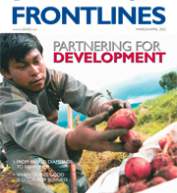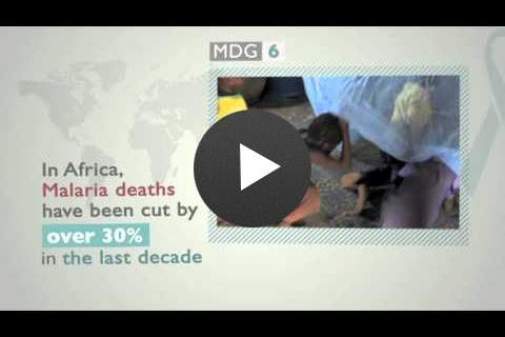Millennium Development Goals
Real Data, Real Results
Millennium Development Goals
- End extreme poverty and hunger;
- Achieve universal primary education;
- Promote gender equality;
- Reduce child mortality;
- Improve maternal health;
- Combat HIV/AIDS, malaria and other diseases;
- Ensure environmental sustainability; and
- Develop a global partnership for development.
In 2000, 189 nations made a promise to free people from extreme poverty and to extend hope and opportunity to millions across the developing world. This pledge evolved into the eight Millennium Development Goals (MDGs) with an ambitious path to reach them by 2015. Since the MDGs were established, developing countries have achieved remarkable progress towards meeting these goals:
- Since 1999, 43 million more children in sub-Saharan Africa are in primary education
- Due to health programs and vaccinations, child mortality has fallen by 35% in the last two decades
- In Africa, malaria deaths have been cut by over 30% in the last decade
- Since 1990, 2 billion people have gained access to clean drinking water
These significant results did not occur overnight, and they are not the result of any single organization, initiative, or program. As part of MDG Countdown 2012, hosted by USAID at the 67th UN General Assembly, USAID engaged in a data-driven process to identify and highlight eight cost-effective, results-driven, grassroots programs that have contributed to the above results and helped developing countries make progress towards each of the MDGs:
Case Studies:
- MDG 1: "Jita" Rural Sales Programme in Bangladesh
- MDG 2: Strengthening Basic Education in El Salvador
- MDG 3: Rwanda Men's Resources Centre
- MDG 4: The Odisha Health Sector Project in India
- MDG 5: Afghanistan's Progress towards Improving Maternal Health
- MDG 6: Zambia Alliance for Community Action on HIV and AIDS
- MDG 7: Environmental Services Program in Indonesia
- MDG 8: CGIAR drought tolerant maize varieties - Horn of Africa
Read more about USAID’s work on MDGs. [PDF, 368kB]







Comment
Make a general inquiry or suggest an improvement.